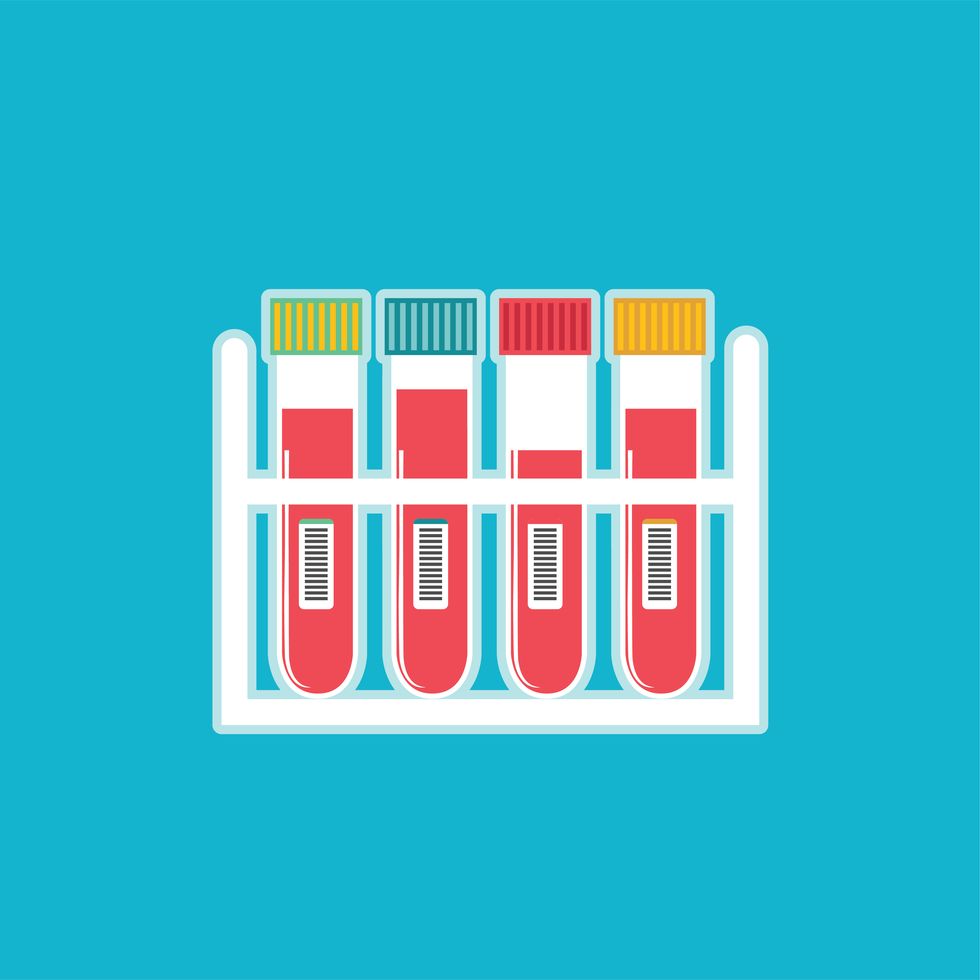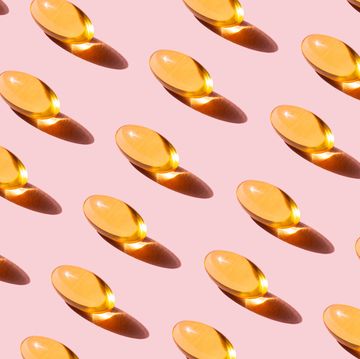5 Sneaky Signs You Might Have Iron Deficiency Anemia
Have constant cravings for ice? Keep reading…

Lots of us use the word ‘anemic’ loosely whenever we feel lethargic or tired. But if you’re diagnosed with iron deficiency anemia (IDA), which occurs when iron levels are insufficient, it can actually be a very serious issue—one that is under-diagnosed and may lead to heart problems, infections, and depression, according to the National Heart, Lung, and Blood Institute (NHLBI). Unfortunately, it takes an average of almost four years for women with IDA to get a proper diagnosis, according to the recent Get Iron Informed survey conducted online by The Harris Poll on behalf of the pharmaceutical company, Daiichi Sankyo, Inc.
There may be a number of reasons for this. For one, according to the survey, 42 percent of women can’t identify any of the common IDA risk factors despite the fact that one in five women of childbearing age has the condition. Also, too often, women dismiss symptoms as no big deal.
So how do know if you might have IDA? We asked Dr. Stephanie Martin, an OB/GYN, to walk us through some subtle signs and symptoms of this condition, which is estimated to affect up to five million U.S. adults.
It’s important to note that you’re at a higher risk for IDA if you are a woman of childbearing age, if you experienced blood loss during childbirth, have long or abnormally heavy periods, or have bleeding fibroids, according to the NHLBI. In addition, cancer, chronic kidney disease, heart failure, or gastrointestinal conditions like inflammatory bowel diseases may put you at increased risk for IDA, according to the Mayo Clinic.
Visit GetIronInformed.com for easy-to-understand information and resources about IDA, including a discussion guide with questions that will help you start a conversation with your doctor.
Watch Next


8 Potential Reasons Why Your Period Came Early

19 Reasons for Unexplained Weight Loss

All About Gypsy Rose Blanchard's Rhinoplasty

Kourtney Kardashian Drank Breast Milk For Immunity














